Open net salmon farming: the latest research
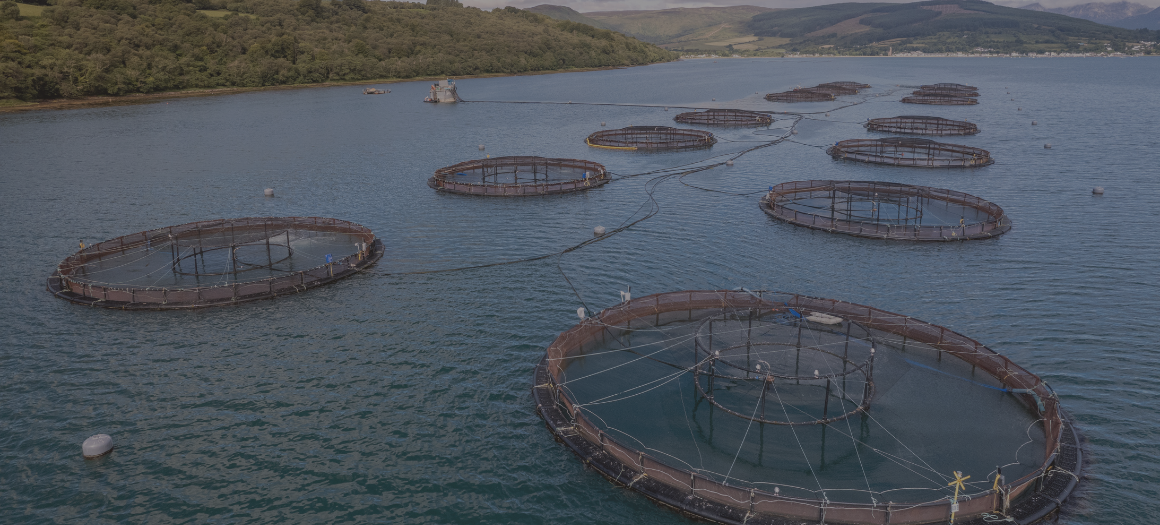
As a science-led charity, all the campaigns we run are based on research and data analysis. In this update, our campaigns researcher Daniel gives an overview of the latest academic research on the environmental impacts of open-net salmon farming.
Since WildFish last conducted a review of the scientific literature surrounding salmon farming in 2021, several important studies have been published examining the plethora of impacts salmon farming is having on the wider environment. Follow the link below to read the updated literature review in full.
Open Net Salmon Farming Literature ReviewWhat the latest science tells us
Current scientific research is clear that open net salmon farming has introduced both acute and chronic threats to wild Atlantic salmon populations, as well as the wider marine ecosystem.
The extent of the damage they are causing, and the possibilities for new technologies and regulations to mitigate these impacts are still being debated but the evidence so far is clear:
- Sea lice from salmon farms are a chronic threat to wild salmonids, reducing the fitness of individuals and causing greater vulnerability to other threats.
- Cleaner fish are subject to over-harvesting of populations, and general cruelty without proven benefit.
- There is increased infection pressure on wild salmonids from a greater number of diseases. The introduction of novel diseases, via global transmission through aquaculture networks, and the development of more virulent strains of endemic pathogens are putting pressure on wild fish populations.
- Salmon farm escapees compete with wild salmon during large scale escapes. Escapes also result in outbreeding depression and hybridization with local wild populations.
- The wider environment suffers from deposition of nutrients and organic matter changing benthic community structures and the spread of antiparasitic drugs killing crustaceans.
- The sustainability of aquaculture is coming into question as the rapidly growing industry relies heavily on harvesting wild fish for food and for which the only alternatives are land and water intensive crops that need massive processing to create useful feed.
The most recent research on sea lice parasites
Sea lice infestations originating from aquaculture sites are one of the biggest threats posed by open-net salmon farming to the survival of wild salmon.
A study by Stige et al. (2024) in Norway, the world’s biggest producer of Atlantic Salmon, found that the “only” sea lice mitigation measure which reduced sea lice to an acceptable level was reducing the density of salmon in open net cages. After the closure of the region’s salmon farms in the Discovery Islands of western Canada (following a federal government order), the number of sea lice found on wild salmon declined by 96% (Routledge & Morton, 2023). In other parts of western Canada, where many salmon farms were closed, but some still remain operational, there was little effect on sea lice reductions.
The use of ‘cleaner fish’
The salmon farming industry has increasingly been using cleaner fish (wrasse and lumpfish) as a supposed “sustainable” method of sea lice control. However, modelling has found that wrasse fisheries are a zero-sum game; removing wild cleaner fish, and the cleaning benefits they provide to wild salmonids, to use in salmon farms increases sea lice pressure on wild populations, whilst providing lesser benefits to farmed fish populations (Lennox et al., 2022). Cleaner fish are far more effective controlling lice populations in wild fish than controlling lice populations in aquaculture farms.
In the wider world of fish research, one species of wrasse has even been found to have the capacity to self-recognise mirror images of itself, something previously found only to occur in humans, chimpanzees, orangutans, bonobos and bottlenose dolphins (Kohda et al., 2023). If fish have been found to display this level of self-awareness what does this say about us and the horrific conditions farmed fish are subjected to, where up to 25% of farmed salmon are expected to die before even reaching harvest?
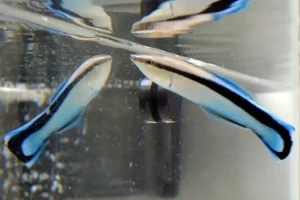
Just like us? A species of cleaner wrasse has been the first fish to pass the mirror self-recognition test. ©Osaka Metropolitan University (2024).
Using wild caught fish as salmon feed
It’s not just the salmon and cleaner fish which are negatively affected by the salmon farming industry. Atlantic salmon currently uses 60% of global fish oil and 23% of global fishmeal used in fish farming, yet salmon production is only 4.5% of global aquaculture yield (Willer et al., 2022). These fish are being taken from their natural habitats around the globe, reducing biodiversity and damaging local ecosystems, to be used as an inefficient food source, much like the rainforests being cut down to make way for cattle pasture. Many people (especially those from developing countries) would see much greater benefit of these fishes being consumed by humans directly. Directly consuming fish traditionally used as aquafeed such as anchovies and mackerel would provide a more nutrient rich food than the salmon they are used to feed (Willer et al., 2024).
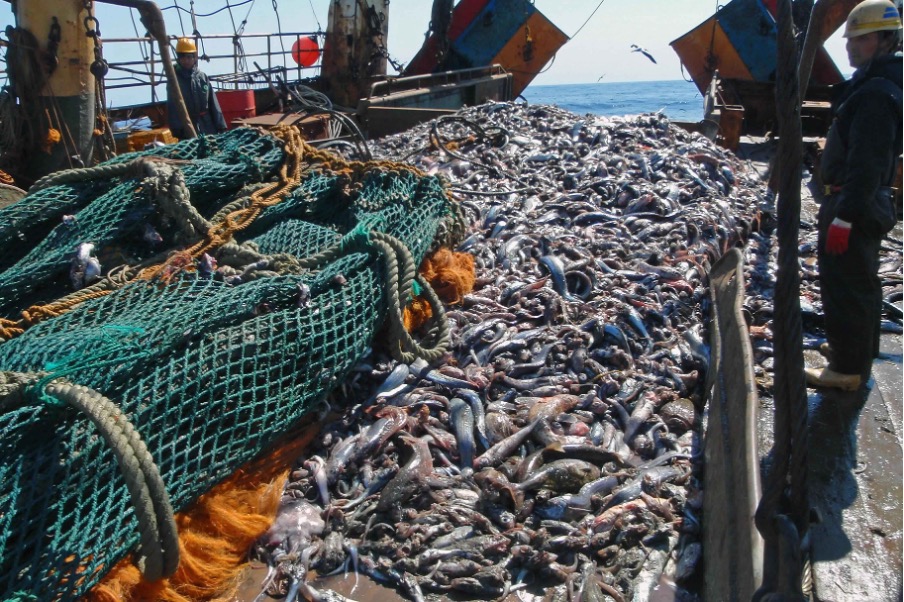
Much of the fish used to feed farmed salmon could be eaten by humans or simply left in the ocean. ©Fish Information Services (FIS) (2024).
Chemical pollution
Salmon farms are also directly polluting our marine environment. Anti-sea lice drugs and antibiotics used in salmon farming have been found up to 1.5 km away from cages (Kingsbury et al., 2023). Drugs combined with organic enrichment from the salmon waste has the potential to produce chemical cocktails which pollute the benthic environment and kill sea floor wildlife such as crustations. One study found that benthic ecosystems surrounding salmon farms experienced the most severe nutrient enrichment during summer and autumn months, where salmon farm feeding rates are highest (Wang & Olsen, 2024). Some studies have found that seafloor ecosystem recovery following salmon farming is possible; however, recovery rates diminish depending on the existing time the environment has been under nutrient pressure. This is one of the reasons why it is so vital that Scotland moves away from open net salmon farming, to allow our coastal waters time to recover.
Acoustic Deterrent Devices (ADDs)
There have been some small victories. Acoustic Deterrent Devices (ADDs) play sounds to discourage marine mammals (such as seals and dolphins) from trying to break into open net salmon pens. These devices can cause permanent hearing damage to both target and non-target species, and disrupt the animals ability to communicate and navigate underwater. In August 2022, Environmental Standards Scotland (ESS) effectively banned the use of ADDs in salmon farming; although there are still some loopholes for their use.
The salmon industry continually refers to the need for novel technologies and methods to reduce the multitude of threats it presents. But a system that is reliant on the large-scale harvest of marine resources to support the production of a carnivorous fish, under conditions known to facilitate parasitic and disease outbreaks, with harms that are then easily spread to the wider environment, will always have a cost for wild fish and their wider environment.
It’s time to take farmed salmon Off the table
Follow the link below to find out more about our campaign to raise awareness of the environmentally destructive nature of the salmon farming industry by calling on the hospitality sector to take farmed salmon off its menus.
Off the table
References
Kingsbury, M. V., Hamoutene, D., Kraska, P., Lacoursière-Roussel, A., Page, F., Coyle, T., Sutherland, T., Gibb, O., Mckindsey, C. W., Hartog, F., Neil, S., Chernoff, K., Wong, D., Law, B. A., Brager, L., Baillie, S. M., Black, M., Bungay, T., Gaspard, D., … Parsons, G. J. (2023). Relationship between in feed drugs, antibiotics and organic enrichment in marine sediments at Canadian Atlantic salmon aquaculture sites. Marine Pollution Bulletin, 188, 114654. https://doi.org/10.1016/j.marpolbul.2023.114654
Kohda, M., Bshary, R., Kubo, N., Awata, S., Sowersby, W., Kawasaka, K., Kobayashi, T., & Sogawa, S. (2023). Cleaner fish recognize self in a mirror via self-face recognition like humans. Proceedings of the National Academy of Sciences, 120(7), e2208420120. https://doi.org/10.1073/pnas.2208420120
Lennox, R. J., Barrett, L. T., Nilsen, C. I., Berhe, S., Barlaup, B. T., & Vollset, K. W. (2022). Moving cleaner fish from the wild into fish farms: A zero-sum game? Ecological Modelling, 474, 110149. https://doi.org/10.1016/j.ecolmodel.2022.110149
NASCO. (2020). Aquaculture and Related Activities. NASCO. https://nasco.int/conservation/aquaculture-and-related-activities/
Pandey, R., Asche, F., Misund, B., Nygaard, R., Adewumi, O. M., Straume, H.-M., & Zhang, D. (2023). Production growth, company size, and concentration: The case of salmon. Aquaculture, 577, 739972. https://doi.org/10.1016/j.aquaculture.2023.739972
Routledge, R., & Morton, A. (2023). Effect of government removal of salmon farms on sea lice infection of juvenile wild salmon in the Discovery Islands. Canadian Journal of Fisheries and Aquatic Sciences. https://doi.org/10.1139/cjfas-2023-0039
Salmon Scotland. (2024). When did salmon farming in Scotland begin? Salmon Scotland. https://www.salmonscotland.co.uk/facts/business-economy/the-history-of-scottish-salmon-farming
Wang, C.-D., & Olsen, Y. (2024). Monitoring regional benthic environment of Norwegian salmon cage farms. Aquaculture Environment Interactions, 16, 71–90. https://doi.org/10.3354/aei00474
Willer, D. F., Newton, R., Malcorps, W., Kok, B., Little, D., Lofstedt, A., de Roos, B., & Robinson, J. P. W. (2024). Wild fish consumption can balance nutrient retention in farmed fish. Nature Food, 5(3), 221–229. https://doi.org/10.1038/s43016-024-00932-z
Willer, D. F., Robinson, J. P. W., Patterson, G. T., & Luyckx, K. (2022). Maximising sustainable nutrient production from coupled fisheries-aquaculture systems. PLOS Sustainability and Transformation, 1(3), e0000005. https://doi.org/10.1371/journal.pstr.0000005


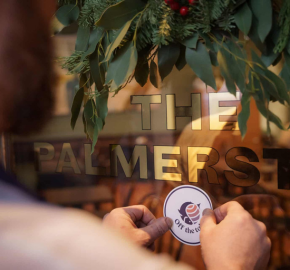
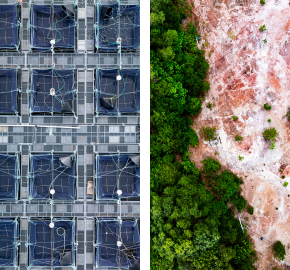
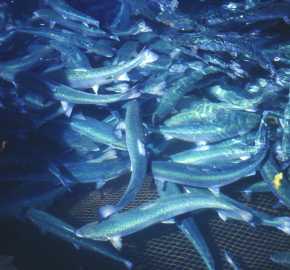
[…] have adverse effects on non-target species. Anti-sea lice drugs and antibiotics used in farming have been found up to 1.5km away from salmon […]